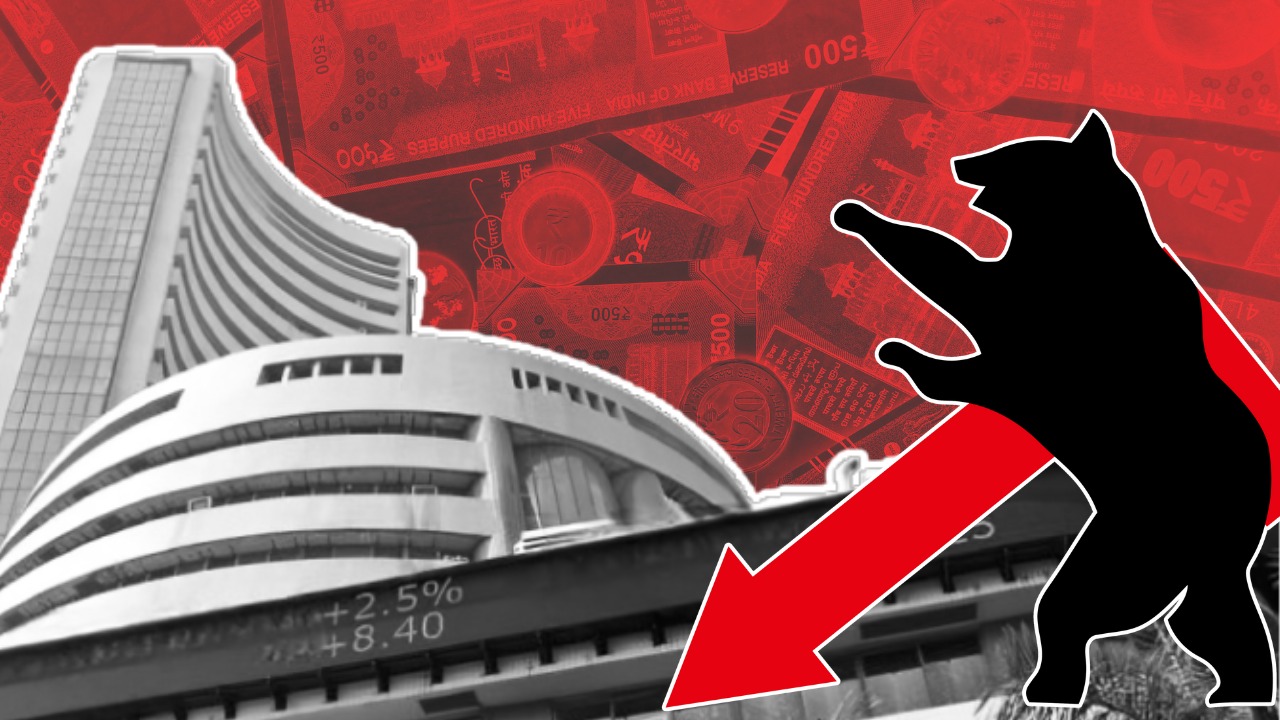
(Photo : BT Creative)
- The Indian stock market is in a correction phase, with Nifty and Sensex down by 10% from their peak.
- Market volatility is driven by weak Q2 FY25 results, foreign fund outflows, and a spike in domestic CPI inflation.
- Analysts predict a potential upside reversal if the market shows more evidence, despite the current setback.
- Despite the volatility, the market has shown resilience in the past and has the potential to bounce back.
The Indian stock market has entered a phase of correction and consolidation, with the main indices, Nifty and Sensex, having corrected around 10 per cent from their recent peak, according to trade experts.
This correction has been observed over the past week, with Nifty showing sharp weakness on Tuesday and Wednesday, continuing its decline amid range movement on Thursday, and closing the day lower by 26 points. The market opened on a slightly negative note, but made an attempt at a minor upside bounce in the early part of the session.
Market Sentiment and Volatility
However, the weakness in Q2 FY25 results and sustained outflow of foreign funds weighed on the sentiment, causing the market to remain in the correction terrain. Adding to the market volatility is the spike in domestic CPI inflation to a 14-month high of 6.2 per cent, a firm dollar index, and a rising US 10-year yield.
These factors signal that the volatility will continue in the short term. Investors are rushing to unwind their positions in riskier assets as the continuity of the premium valuation without fair earnings growth is not sustainable, according to Vinod Nair, Head of Research, Geojit Financial Services.
Market Predictions and Future Outlook
Nagaraj Shetti from HDFC Securities suggests that the market needs to show more evidence to consider a potential upside reversal. He predicts that a decisive slide below 23,500 could drag Nifty down to 23,200-23,000 levels by next week.
However, a sustainable move above 23,700-23,800 levels could open chances of a sizable upside bounce in the market. Despite the setback in H1 FY25, investors see some light in H2 FY25 earnings due to acceleration in government spending, a good monsoon, and a revival in rural demand. The consolidation may continue in the near term; however, the beaten-down value stocks may witness bottom fishing due to their potential outlook.
The focus going forward will be on the developments from the Donald Trump administration in the US and its implications towards the emerging markets (EMs). The policy proposals are likely to add upward pressure on US inflation, which may impact the future Fed rate cut trajectory.
The Indian stock market has been on a roller coaster ride in the past, with similar instances of market corrections and consolidations. For instance, in 2008, the Indian stock market experienced a significant correction due to the global financial crisis. The Sensex fell from a high of over 20,000 points in January 2008 to a low of around 8,000 points in October 2008. However, the market recovered in the following years, demonstrating its resilience.









